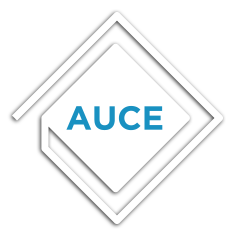Cost Management and Control
Course Code:
Course Hours:
Contact Hours / Week:
Prerequisite:
Co-requisite:
Course Description:
Introducing and analyzing concepts and procedures of measuring the cost of performing different business activities and manufacturing various products, an essential tool to aid management of a business enterprise in the planning, controlling and evaluating processes. Learning how to plan and improve the company’s decision making using available accounting information. This course provides students with an appreciation of management accounting concepts related to the management functions of planning, control, and decision making. The course introduces a number of management accounting tools and quantitative techniques that can be used to analyze how business processes consume resources, create value for a firm and its customers, and how this value may be enhanced through activity and process improvement.
Through a number of case studies supplemented by some lectures, this course exposes students to recent advances in cost accounting, and highlights important inputs into the design of cost systems. The cases cover a variety of decision-making settings and illustrate the role of cost information in these settings.
Course Learning Outcomes:
Upon successful completion of this course, students will be able:
- State the nature and scope of cost accounting and cost management.
- Distinguish between cost accounting and its related fields such as managerial accounting and financial accounting.
- Describe the three broad purposes for which the manager needs cost information
- Identify some new developments that took place in the cost accounting and cost management discipline over the last two decades
- Identify and cite examples of each of the basic cost elements involved in the manufacture of the product.
- Define various cost concepts.
- Distinguish between variable costs and fixed costs and explain the difference in their behavior.
- Explain the difference between the financial statements of a manufacturer and those of a merchandising firm.
- Differentiate between the traditional income statement and the contribution income statement and their uses.
High Quality Education with Reasonable & Affordable Prices
Apply NOW and Benefit from Financial AID program


